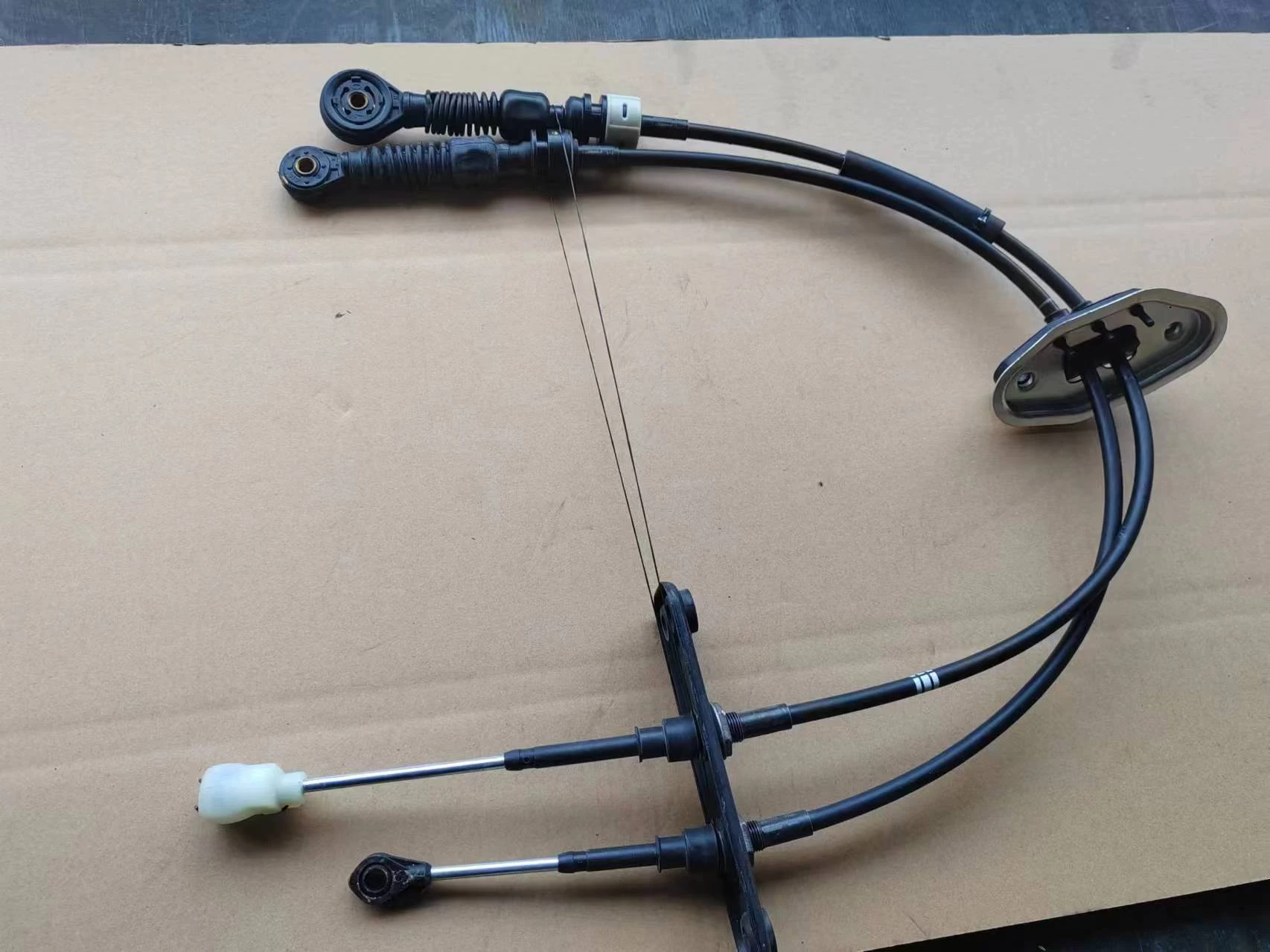hydraulic clutch hose
Understanding the Hydraulic Clutch Hose A Crucial Component in Automotive Systems
In the complex world of automotive engineering, every component plays a pivotal role in ensuring the smooth operation of vehicles. Among these components, the hydraulic clutch hose stands out as a vital element in manual transmission systems. This article aims to provide an in-depth understanding of the hydraulic clutch hose, its function, construction, maintenance, and common issues associated with it.
What is a Hydraulic Clutch Hose?
A hydraulic clutch hose is a specialized tube designed to transport hydraulic fluid between the clutch master cylinder and the clutch slave cylinder in a vehicle's transmission system. This hose is crucial for the operation of the clutch, which allows drivers to engage or disengage the engine from the wheels, facilitating smooth gear shifts. When the driver presses the clutch pedal, the master cylinder generates hydraulic pressure, which is transmitted through the hose to the slave cylinder. The slave cylinder then engages or disengages the clutch, allowing for seamless gear changes.
Construction of Hydraulic Clutch Hoses
Hydraulic clutch hoses are typically made of high-quality materials capable of withstanding high pressure and temperature variations. The most common materials used include rubber, synthetic rubber, or reinforced materials such as braided steel. These materials are essential not only for flexibility but also for resistance against abrasion and extreme weather conditions.
The hose often features a multi-layer design, with an inner layer that carries the hydraulic fluid, an intermediate layer that provides structural support and prevents expansion under pressure, and an outer layer that protects against external elements. Additionally, the fittings at both ends of the hose are designed to ensure a secure and leak-proof connection to the master and slave cylinders.
Importance of the Hydraulic Clutch Hose
The hydraulic clutch hose is integral to the clutch system’s performance. A malfunction or failure of this hose can lead to a range of problems, including difficulty in shifting gears, a spongy or unresponsive clutch pedal, and even total clutch failure. Understanding the importance of this component emphasizes the need for regular maintenance and prompt attention to symptoms of wear and tear.
Maintenance of Hydraulic Clutch Hoses
To ensure the longevity and proper functioning of the hydraulic clutch hose, several maintenance practices should be followed
hydraulic clutch hose

1. Regular Inspections Periodically inspect the hose for signs of wear, cracks, or leaks. Look for any fluid spots around the hose connections, which may indicate a slow leak.
2. Fluid Checks Regularly check the hydraulic fluid level in the master cylinder reservoir. Low fluid levels can lead to air entering the system, resulting in poor clutch performance.
3. Cleaning Keep the area around the hydraulic clutch hose clean. Dirt and debris can lead to abrasion and damage over time.
4. Replacement If you notice significant wear or if your vehicle is experiencing clutch-related issues, it's crucial to replace the hydraulic clutch hose promptly. Ignoring such problems can lead to more severe transmission issues and higher repair costs.
Common Issues with Hydraulic Clutch Hoses
Several problems may arise with hydraulic clutch hoses
- Leaking Fluid A common issue is the development of leaks, which can occur due to wear and tear or improper installation. This can lead to low fluid levels and ineffective clutch operation.
- Pressure Loss If the hose is damaged or has a blockage, it can result in a loss of hydraulic pressure, making it difficult to operate the clutch.
- Air Bubbles If air enters the hydraulic system, it can cause a spongy clutch pedal and poor engagement, making gear shifts difficult.
Conclusion
The hydraulic clutch hose is an essential component of a vehicle's manual transmission system. Its role in facilitating clutch operation cannot be underestimated, as it directly affects driving performance and overall vehicle reliability. By understanding the function, maintenance requirements, and potential issues associated with hydraulic clutch hoses, vehicle owners can ensure their manual transmission systems operate smoothly for years to come. Regular checks and timely replacements are key to preventing costly repairs and ensuring a safe driving experience.
-
Upgrade Your Control with Premium Throttle CablesNewsAug.08,2025
-
Stay in Control with Premium Hand Brake CablesNewsAug.08,2025
-
Experience Unmatched Performance with Our Clutch HosesNewsAug.08,2025
-
Ensure Safety and Reliability with Premium Handbrake CablesNewsAug.08,2025
-
Enhance Your Vehicle with High-Performance Clutch LinesNewsAug.08,2025
-
Elevate Your Ride with Premium Gear CablesNewsAug.08,2025
